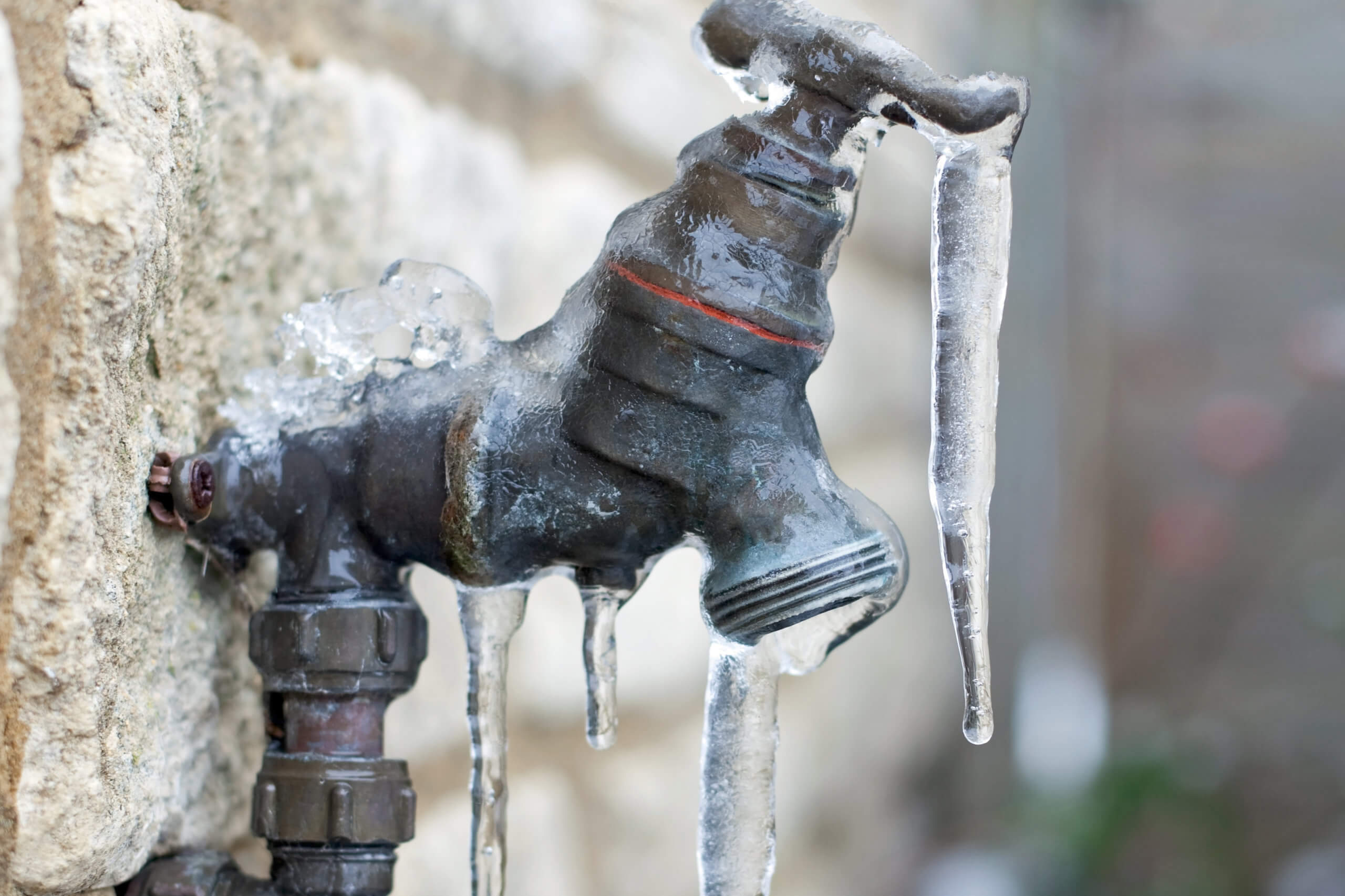Protecting Against Frozen Pipes: Effective Strategies for Winter
Protecting Against Frozen Pipes: Effective Strategies for Winter
Blog Article
Have you been hunting for know-how involving Winter Plumbing Precautions: Preventing Frozen Pipes?

Winter can ruin your pipes, especially by freezing pipes. Here's how to prevent it from taking place and what to do if it does.
Intro
As temperatures decline, the threat of frozen pipes rises, possibly causing expensive repairs and water damages. Comprehending just how to avoid icy pipes is essential for home owners in cool climates.
Prevention Tips
Shielding at risk pipes
Wrap pipes in insulation sleeves or use heat tape to safeguard them from freezing temperature levels. Concentrate on pipelines in unheated or external locations of the home.
Home heating techniques
Keep interior rooms effectively heated, particularly areas with plumbing. Open up closet doors to permit warm air to circulate around pipes under sinks.
How to determine frozen pipes
Look for reduced water circulation from taps, uncommon smells or sounds from pipelines, and noticeable frost on revealed pipelines.
Long-Term Solutions
Architectural changes
Take into consideration rerouting pipelines far from exterior walls or unheated areas. Include additional insulation to attics, basements, and crawl spaces.
Updating insulation
Purchase high-grade insulation for pipelines, attics, and wall surfaces. Correct insulation assists maintain constant temperatures and lowers the danger of icy pipes.
Shielding Outdoor Pipes
Yard hose pipes and exterior taps
Disconnect and drain yard hoses before winter months. Install frost-proof faucets or cover exterior faucets with protected caps.
Comprehending Icy Pipelines
What creates pipes to freeze?
Pipes freeze when subjected to temperature levels listed below 32 ° F (0 ° C) for extended periods. As water inside the pipes freezes, it increases, taxing the pipeline wall surfaces and possibly causing them to burst.
Risks and damages
Icy pipes can cause supply of water disruptions, home damage, and expensive fixings. Burst pipes can flooding homes and trigger substantial architectural damages.
Signs of Frozen Pipeline
Identifying icy pipelines early can prevent them from bursting.
What to Do If Your Pipes Freeze
Immediate actions to take
If you believe icy pipelines, maintain taps open to ease pressure as the ice melts. Utilize a hairdryer or towels soaked in hot water to thaw pipes slowly.
Final thought
Protecting against icy pipes requires proactive steps and quick responses. By recognizing the reasons, indications, and preventive measures, home owners can shield their pipes throughout cold weather.
5 Ways to Prevent Frozen Pipes
Drain Outdoor Faucets and Disconnect Hoses
First, close the shut-off valve that controls the flow of water in the pipe to your outdoor faucet. Then, head outside to disconnect and drain your hose and open the outdoor faucet to allow the water to completely drain out of the line. Turn off the faucet when done. Finally, head back to the shut-off valve and drain the remaining water inside the pipe into a bucket or container. Additionally, if you have a home irrigation system, you should consider hiring an expert to clear the system of water each year.
Insulate Pipes
One of the best and most cost-effective methods for preventing frozen water pipes is to wrap your pipes with insulation. This is especially important for areas in your home that aren’t exposed to heat, such as an attic. We suggest using foam sleeves, which can typically be found at your local hardware store.
Keep Heat Running at 65
Your pipes are located inside your walls, and the temperature there is much colder than the rest of the house. To prevent your pipes from freezing, The Insurance Information Institute suggests that you keep your home heated to at least 65 degrees, even when traveling. You may want to invest in smart devices that can keep an eye on the temperature in your home while you’re away.
Leave Water Dripping
Moving water — even a small trickle — can prevent ice from forming inside your pipes. When freezing temps are imminent, start a drip of water from all faucets that serve exposed pipes. Leaving a few faucets running will also help relieve pressure inside the pipes and help prevent a rupture if the water inside freezes.
Open Cupboard Doors
Warm your kitchen and bathroom pipes by opening cupboards and vanities. You should also leave your interior doors ajar to help warm air circulate evenly throughout your home.

I am just very occupied with Helpful Tips to Prevent Frozen Pipes this Winter and I hope you liked our blog posting. So long as you liked our blog posting kindly remember to share it. We love reading our article about How to prepare your home plumbing for winter weather.
Visit My Site Report this page